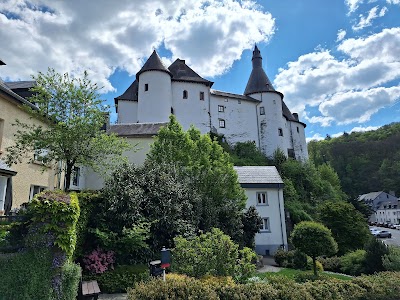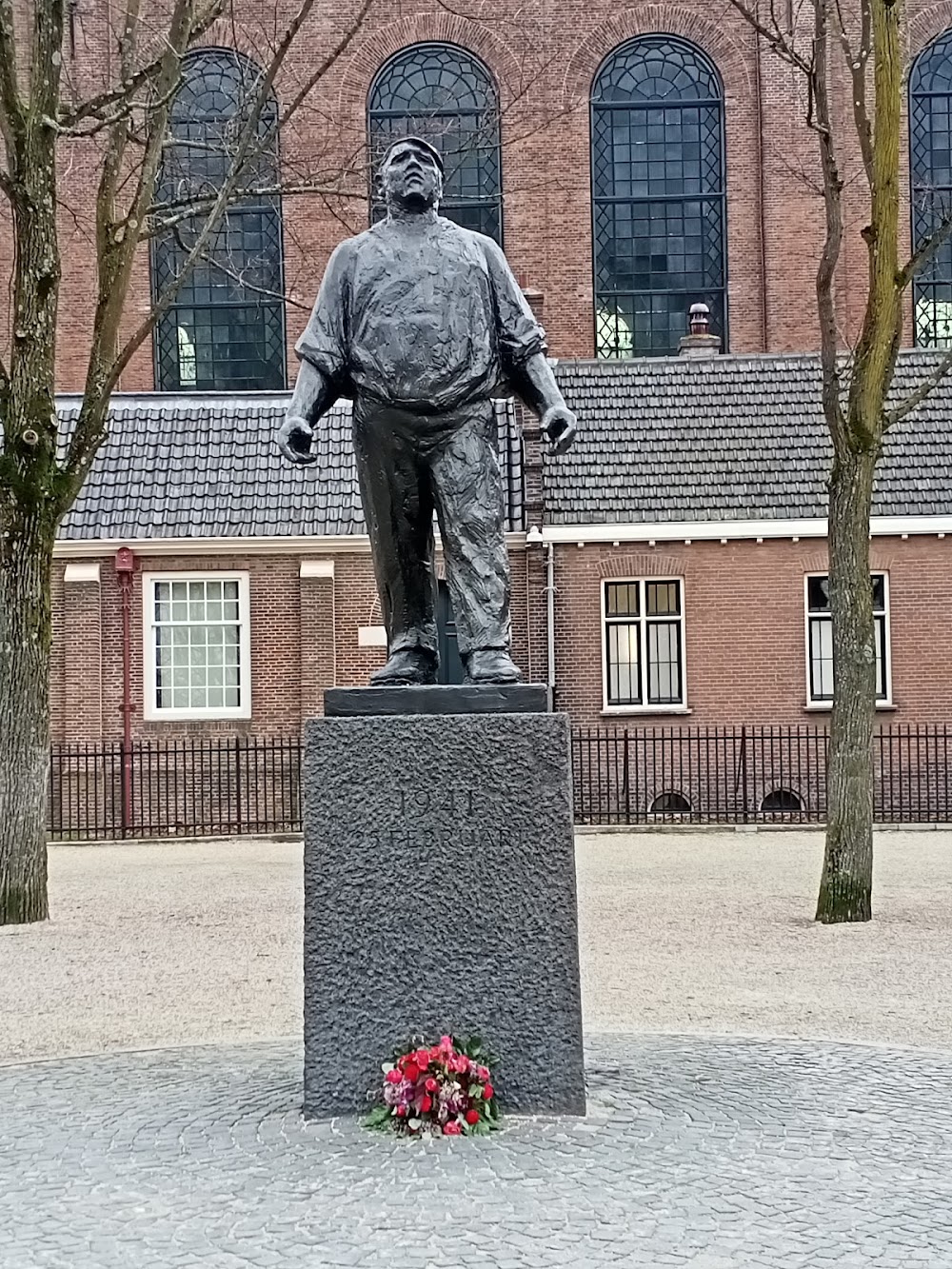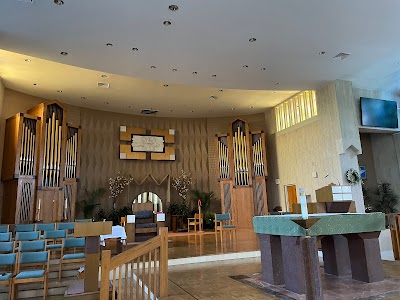National Museum of Military History (Nationalmusée vun der Militärgeschicht)
Overview
The National Museum of Military History, located in the picturesque town of Wiltz, Luxembourg, serves as a poignant reminder of the country's complex history intertwined with the global conflicts of the 20th century. Nestled within the stunning landscapes of the Ardennes, this museum offers an immersive exploration of Luxembourg’s military heritage, with a particular focus on the pivotal Battle of the Bulge, a critical engagement during World War II.
Established in the mid-1980s by a dedicated group of individuals intent on preserving the memories and artifacts from the war periods that profoundly impacted the region, the museum occupies a former school building. Here, visitors can engage with a comprehensive collection that captures various facets of military history, vividly illustrating the hardships and heroism experienced during wartime.
Upon entering the museum, you'll encounter an extensive array of authentic artifacts, including weapons, uniforms, personal belongings, and military vehicles. These exhibits provide a tangible connection to the past, allowing visitors to better understand the experiences of soldiers. Life-size dioramas recreate significant moments from battles, offering a visceral view of the conditions faced by both military personnel and civilians alike.
The Battle of the Bulge is one of the museum's most significant highlights. Known as the Ardennes Counteroffensive, this battle occurred during the winter of 1944-1945 and marked the last major German offensive on the Western Front. The museum features an impressive collection of photographs, maps, and personal testimonies that collectively paint a detailed picture of this crucial event. Visitors can delve into the strategies employed by both Allied and Axis forces, gaining insights into the resilience and determination of those involved.
The museum also places a strong emphasis on the experiences of the Luxembourgian people during the war. Through moving exhibits that include letters, photographs, and personal stories, visitors gain a glimpse into how global conflict affected this small nation. The theme of resistance is highlighted as well, showcasing the courageous efforts of Luxembourg’s resistance fighters who played a vital role in opposing the occupiers.
Beyond World War II, the museum’s exhibits extend to other significant military conflicts, including World War I and the Korean War. These sections provide valuable context and continuity, helping visitors understand the evolution of warfare and Luxembourg's contributions on the international stage.
An interesting aspect of the museum is its active engagement with veterans and historians. Frequently hosting events, lectures, and commemorations, the museum brings together war veterans, historians, and the public. These gatherings create a platform for sharing knowledge, preserving memories, and honoring the bravery of those who served. For history enthusiasts, this offers a rare opportunity to engage with firsthand accounts and gain insights from experts.
For international visitors, the museum provides multilingual guides and informative plaques, ensuring accessibility and comprehension for everyone. The dedicated staff, many of whom are well-versed in military history, are always available to offer guided tours and answer any questions, enriching your experience with their expertise.
The National Museum of Military History is more than just a collection of artifacts; it stands as a living monument to the past, aiming to educate future generations about the sacrifices made and the impacts of war. The town of Wiltz complements your museum visit with its charming setting and warm hospitality, making it an ideal destination for those interested in history and culture.
In conclusion, a visit to the National Museum of Military History in Wiltz, Luxembourg, promises a profound journey through the annals of military history. Whether you are a history buff, a student, or simply a curious traveler, the museum offers a wealth of knowledge and a deeply moving experience. Its thorough documentation of military events, personal stories, and engaging presentations ensure that visitors depart with a greater appreciation for the challenges faced during tumultuous times and the enduring spirit of those who lived through them.






